
10 Best Traditional Souvenirs to Buy in Japan
Japan is known for its rich cultural heritage, and one of the best ways to bring a piece of that heritage home is by picking up traditional souvenirs. From hand-crafted ceramics and fine textiles to iconic food items, Japanese souvenirs reflect the country’s artistry, precision, and appreciation for detail. These traditional items make for meaningful gifts or unique mementos of your journey through Japan.
This guide explores ten of the best traditional souvenirs to buy in Japan, offering insight into their cultural significance and where to find them.
1. Kokeshi Dolls
Kokeshi dolls are simple wooden dolls with a rounded head and cylindrical body, traditionally handmade in Japan’s Tohoku region. Each doll is painted with floral motifs and has a minimalist, charming face. Kokeshi dolls represent Japanese folk art and have become a popular collectible item.
Why It’s Special: Unique handcrafted design and deep connection to Japanese folk culture.
Where to Buy: Specialty stores in Tohoku, Tokyo gift shops, and Japanese folk art stores.
2. Yukata
A yukata is a lightweight, casual kimono typically worn during summer festivals. Made from cotton, yukatas come in beautiful patterns and vibrant colors, and they make for a practical and beautiful souvenir. Yukatas are often worn in onsen (hot spring) resorts, and you can find them in a range of styles for both men and women.
Why It’s Special: Iconic Japanese garment that’s easy to wear and perfect for warm weather.
Where to Buy: Department stores, kimono specialty shops, and souvenir stores near onsen areas.
3. Furoshiki (Wrapping Cloth)
Furoshiki is a versatile, eco-friendly wrapping cloth that has been used in Japan for centuries to wrap and carry items. Made from cotton, silk, or synthetic fabric, furoshiki come in a variety of colors and patterns. They can be used as gift wraps, bags, tablecloths, or scarves, making them a stylish and sustainable souvenir.
Why It’s Special: Environmentally friendly, beautiful design, and multifunctional use.
Where to Buy: Department stores, souvenir shops, and specialty stores in Kyoto and Tokyo.
4. Maneki Neko (Lucky Cat)
The Maneki Neko, or “lucky cat,” is a popular Japanese figurine believed to bring good fortune to its owner. Often seen in shops and restaurants, this cat with a raised paw is thought to attract customers or wealth. Maneki Neko figurines come in various colors and styles, each representing different forms of luck.
Why It’s Special: Iconic symbol of luck and prosperity in Japan.
Where to Buy: Souvenir shops, specialty stores in Asakusa, and temples.
5. Sensu (Folding Fan)
The folding fan, or sensu, is a traditional Japanese accessory used for cooling, dance, and ceremonial purposes. Sensu fans are made of paper or silk with intricate designs, often featuring motifs like cherry blossoms, cranes, or Mt. Fuji. They’re lightweight, practical, and make for an elegant gift or memento.
Why It’s Special: Beautiful craftsmanship and a long history in Japanese culture.
Where to Buy: Department stores, souvenir shops, and specialty fan stores in Kyoto.
6. Tenugui (Japanese Hand Towel)
Tenugui are traditional Japanese cotton hand towels decorated with various patterns, such as seasonal flowers, landscapes, and animals. Used as a towel, gift wrap, or decoration, tenugui is versatile and practical. Their vibrant designs and soft texture make them a charming and functional souvenir.
Why It’s Special: Affordable, versatile, and a practical Japanese item with cultural significance.
Where to Buy: Souvenir shops, department stores, and specialty stores throughout Japan.
7. Japanese Ceramics
Japanese ceramics, including tea cups, bowls, and sake sets, are renowned for their elegance and craftsmanship. Styles range from simple, rustic designs to delicate, intricate patterns. Japanese ceramics are often handmade and reflect regional styles, such as Kyoto’s Kiyomizu pottery or Arita porcelain from Kyushu.
Why It’s Special: High-quality craftsmanship and variety of styles unique to different regions.
Where to Buy: Ceramic stores in Kyoto, Arita, and department stores across Japan.
8. Wagashi (Traditional Sweets)
Wagashi are traditional Japanese sweets made from natural ingredients like red bean paste, rice, and matcha. Often enjoyed with tea, wagashi come in beautiful, seasonal shapes and colors, making them an artful representation of Japanese culture. Popular types include mochi, dorayaki, and yokan (sweet jelly).
Why It’s Special: Beautifully crafted sweets that embody Japanese seasonality and aesthetics.
Where to Buy: Confectionery stores, department store food floors, and specialty wagashi shops.
9. Japanese Chopsticks
Japanese chopsticks, or “hashi,” are typically shorter and more rounded than other Asian chopsticks. Made from wood or bamboo and often decorated with intricate patterns or lacquer, Japanese chopsticks make for a practical and beautiful gift. Many stores also offer personalized engraving options.
Why It’s Special: Practical, easy to transport, and often beautifully decorated.
Where to Buy: Specialty chopstick stores, department stores, and souvenir shops.
10. Japanese Incense
Japanese incense, known as “koh,” is used in traditional ceremonies, temples, and homes. Made from natural ingredients like sandalwood and agarwood, Japanese incense produces a subtle, soothing aroma. Kyoto is particularly famous for its high-quality incense, which comes in beautifully packaged sets that make for a unique, elegant gift.
Why It’s Special: High-quality scents, beautiful packaging, and ties to Japanese religious practices.
Where to Buy: Specialty incense stores in Kyoto, department stores, and temple shops.
These ten traditional Japanese souvenirs provide a meaningful way to remember your trip to Japan. Whether you’re looking for practical items like chopsticks and tenugui, or artistic keepsakes like ceramics and kokeshi dolls, these souvenirs reflect Japan’s unique culture, craftsmanship, and attention to detail. They make thoughtful gifts or beautiful additions to your own home, bringing a piece of Japan with you wherever you go.
Share
You may also like
-

Visiting Japan’s Love Hotel Districts: What to Expect
Japan’s love hotel districts are famous for their unique and fascinating blend of privacy, creativity, and a touch of...
-

Top 10 Late-Night Dining Spots in Tokyo’s 24-Hour Cafes
Tokyo’s vibrant nightlife extends well beyond bars and nightclubs, with a thriving late-night dining culture tha...
-

Best Night Tours in Tokyo for After-Dark Adventures
Tokyo’s nightlife is renowned for its energy, vibrancy, and unique blend of traditional and modern experiences. From ...
-

Japan’s Late-Night Food Culture: 8 Best Street Eats
Japan’s late-night food culture is a vibrant experience, especially in bustling cities like Tokyo and Osaka, where de...
-

7 Rooftop Bars in Tokyo for Stunning Views
Tokyo’s rooftop bars offer some of the best ways to soak in the city’s skyline while enjoying drinks, atmosphere, and...
-

10 Best Nightclubs in Tokyo for Dancing and Music Lovers
Tokyo's nightlife is renowned for its variety and energy, with nightclubs that range from high-energy dance floors to...
-
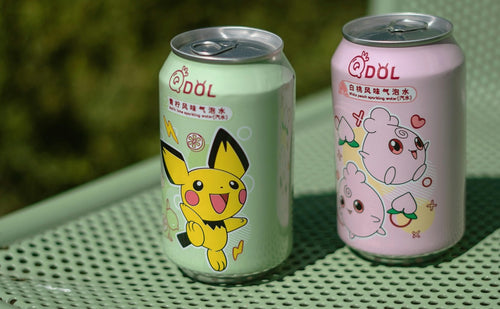
8 Themed Bars and Cafes You Need to Visit in Tokyo
Tokyo is famous for its creative and quirky themed bars and cafes, offering immersive experiences for locals and...
-

Tokyo Nightlife Guide: Shinjuku, Shibuya, and Roppongi Highlights
Tokyo’s nightlife is legendary, offering a mix of vibrant energy, entertainment, and unique experiences in some of it...
-
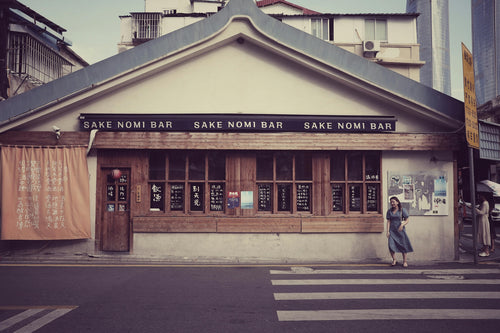
7 Best Japanese Sake Bars in Tokyo
Tokyo is home to some of Japan’s best sake bars, offering both locals and visitors an opportunity to explore the...
-

Top 6 Observation Decks in Tokyo for Scenic Views
Tokyo’s observation decks offer some of the best panoramic views of the city, giving visitors a chance to see th...
-
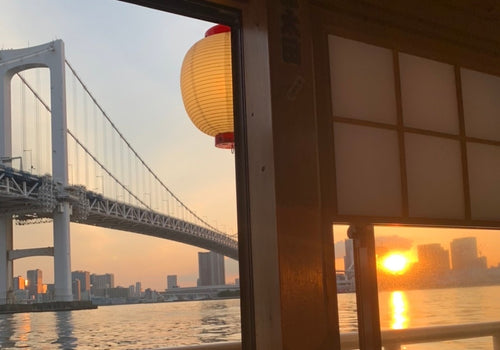
Night Cruises in Tokyo: Enjoy the City Views
Tokyo’s skyline is mesmerizing at any time, but experiencing it from the water on a night cruise adds a magical ...
-
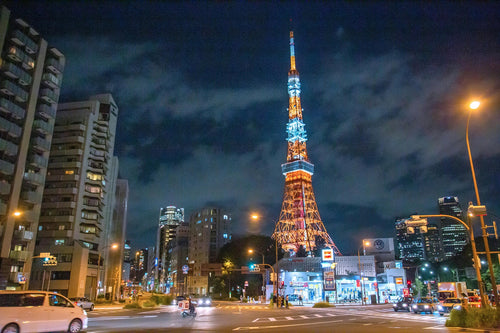
Roppongi Art and Nightlife Guide
Roppongi is one of Tokyo’s most vibrant districts, known for its lively nightlife, sophisticated art scene, and ...
-
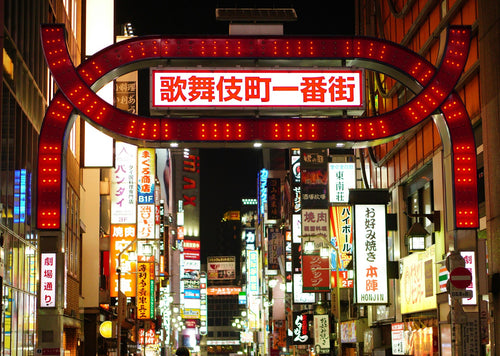
Nightlife Guide to Shinjuku Kabukicho
Shinjuku’s Kabukicho district, known as Tokyo’s “Sleepless Town,” is the center of nightlife in Tokyo. Renowned ...
-

6 Best Night View Spots in Tokyo
Tokyo at night is a breathtaking spectacle, with illuminated skyscrapers, iconic landmarks, and bustling streets that...
-

Top 12 Sake Breweries in Japan for Tasting and Tours
Japan’s sake culture is celebrated around the world for its depth, complexity, and rich history. Sake, or nihons...
-
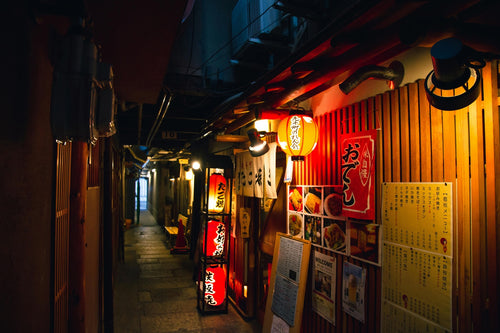
How to Enjoy a Night at a Japanese Izakaya
Japanese izakayas are casual, lively spots where locals gather after work to enjoy drinks, share small plates, a...
-

Exploring Karaoke Culture in Japan: 8 Best Places to Sing
Karaoke is an integral part of Japanese culture, offering a fun and entertaining way for friends, family, and even co...
-

5 recommended bars in Golden Gai
Golden Gai, nestled in the heart of Tokyo’s Shinjuku district, is one of the city’s most iconic bar districts. Known ...
-
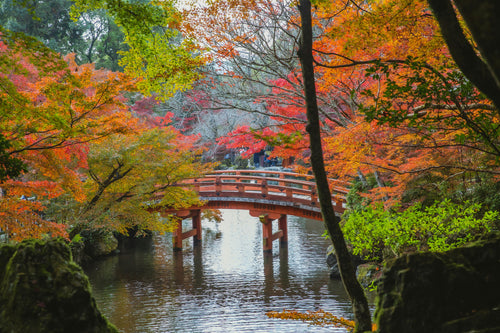
10 Japanese Gardens You Should Visit for Tranquility
Japanese gardens are renowned for their beauty, tranquility, and intricate designs that reflect harmony with nature. ...
-

Japan’s Kimono Heritage: Symbolism, Style, and Where to See
The kimono, Japan’s traditional garment, is a beautiful and symbolic representation of Japanese culture. From its int...
-
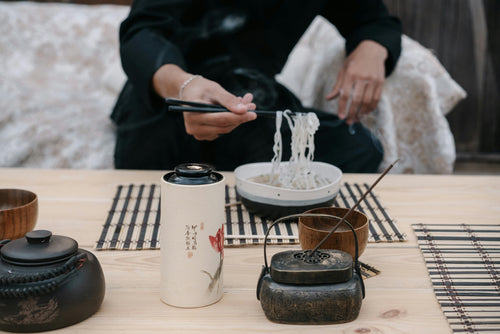
Etiquette Essentials for Visitors to Japan
Japan’s culture is rich in respect, politeness, and consideration, making etiquette an essential part of daily l...
-

7 Best Places to Discover Japan’s Samurai History
Japan’s samurai history is one of honor, skill, and deep cultural influence, stretching back centuries and leaving an...
-
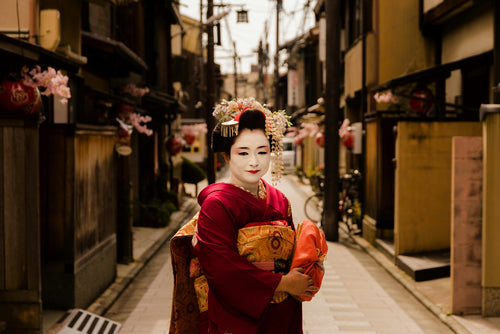
Geisha Culture in Japan: Myths and Realities
The world of geisha, Japan’s skilled performers and keepers of traditional arts, has long intrigued people around th...
-

Japan’s Unique Architecture: Top 8 Traditional and Modern Landmarks
Japan is renowned for its unique blend of ancient architectural heritage and cutting-edge modern designs. From c...
-
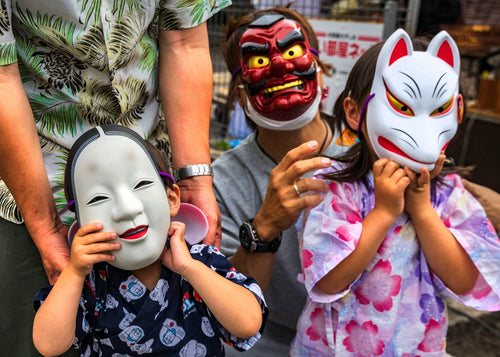
10 Traditional Japanese Festivals (Matsuri) You Can’t Miss
Japanese festivals, or *matsuri*, are vibrant celebrations of cultural heritage, featuring elaborate costumes, l...
-
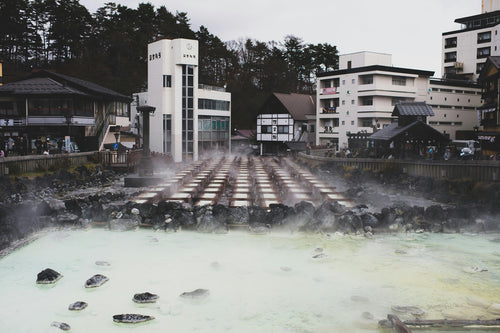
Japan’s Three Great Onsen: A Guide to Famous Hot Springs
Japan is famous for its natural hot springs, or *onsen* (温泉), offering visitors a unique opportunity to relax and rej...
-
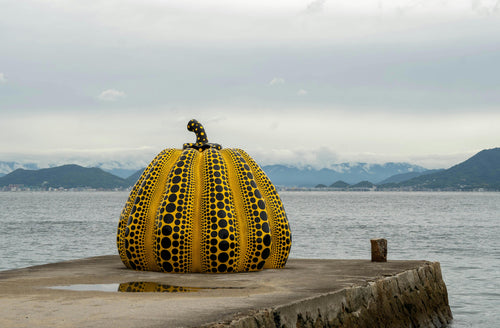
Japanese Art Exploration: Best Spots to Enjoy Art in Japan
Japan is a country rich in artistic heritage, from centuries-old traditional crafts to modern, innovative instal...
-

Guide to Japan’s Fireworks Festivals: When and Where to Go
Japan’s summer fireworks festivals, known as "hanabi taikai" (花火大会), are among the most anticipated events in th...
-
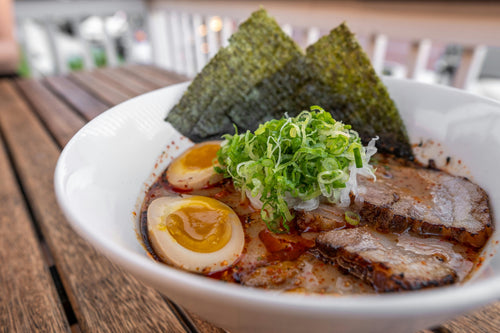
Where to Experience Ramen-Making Classes in Japan
Ramen is one of Japan’s most beloved dishes, with countless regional styles and flavors that attract food lovers from...
-
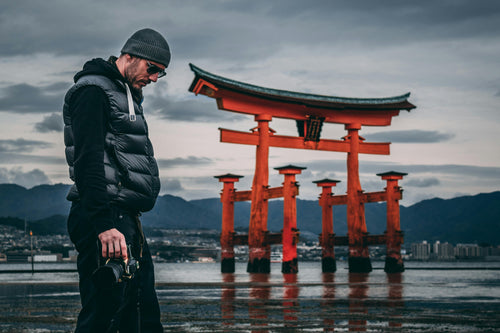
Power Spot Tours: Japan’s Famous Temples and Shrines
Japan is a land steeped in spiritual history, and visiting its temples and shrines provides not only a glimpse i...
-
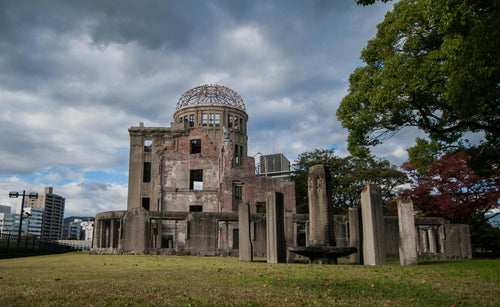
UNESCO World Heritage Site Tour Guide in Japan
Japan is home to numerous UNESCO World Heritage Sites, each offering a glimpse into the country’s rich cultural herit...
-

5 Famous Japanese Castles: History and Highlights
Japan is home to some of the most beautiful and historically significant castles in the world. Built during the feuda...
-
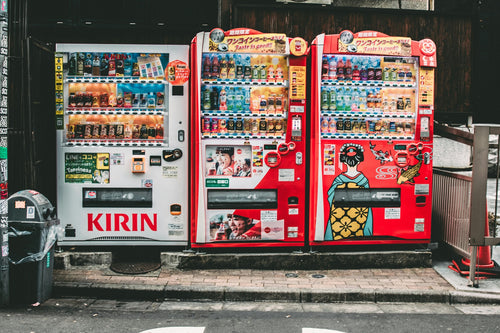
10 Unique Drinks to Try from Japanese Vending Machines
Japan is famous for its vending machines, offering an incredible variety of drinks that go beyond just soft drinks an...
-
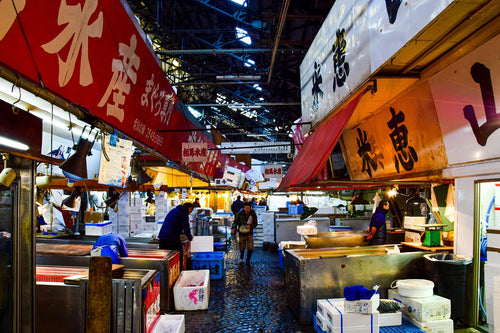
Tokyo Market Guide: Exploring Tsukiji and Toyosu Markets
Tokyo's Tsukiji and Toyosu Markets are must-visit spots for food lovers and anyone interested in Japan’s rich culinar...
-
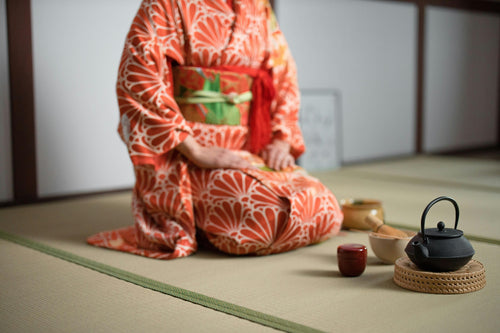
Experiencing Traditional Tea Ceremony in Tokyo
The Japanese tea ceremony, or "chanoyu," is a cultural experience steeped in tradition, aesthetics, and mindfulness....
-
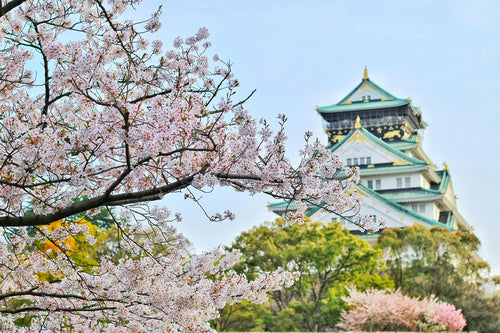
Top 7 Cherry Blossom Viewing Locations in Tokyo
Springtime in Tokyo is synonymous with the cherry blossom season, a breathtaking period when the city’s parks, rivers...
-
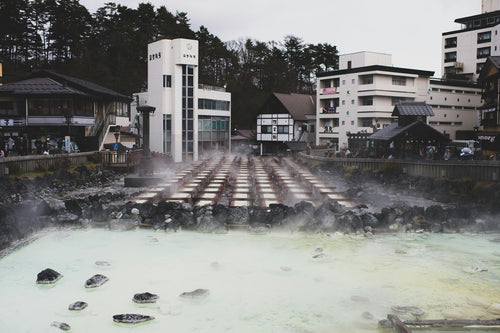
What is Onsen? A Guide to History, Benefits, and Etiquette
Onsen, Japan’s cherished hot spring culture, offers a unique blend of relaxation, scenic beauty, and deep-rooted trad...
-
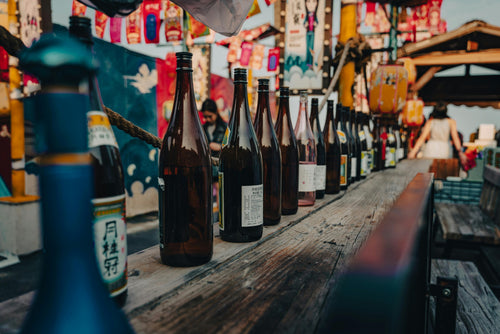
What is Sake? Its Production Method and History
Sake is a traditional Japanese alcoholic beverage made from fermented rice. It has been enjoyed in Japan for over a t...
-

8 hot springs with beautiful scenery near Tokyo
Tokyo is a bustling metropolis, but just outside the city are some of Japan's most serene hot springs, or onsens, off...
-

Top 10 museum to visit in Tokyo
Tokyo is home to a diverse range of museums that cater to all interests, from art and history to technology and pop c...
-
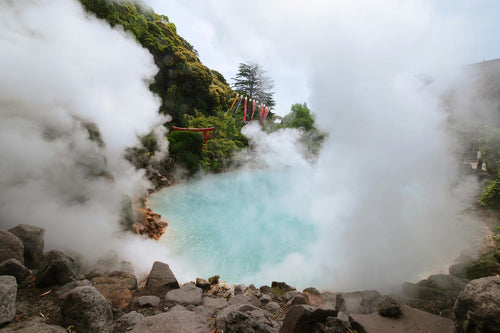
9 Best Hot Spring and Bathhouse in Tokyo
Tokyo is known for its vibrant urban energy, but it's also a fantastic place to relax and rejuvenate in hot springs (...
-
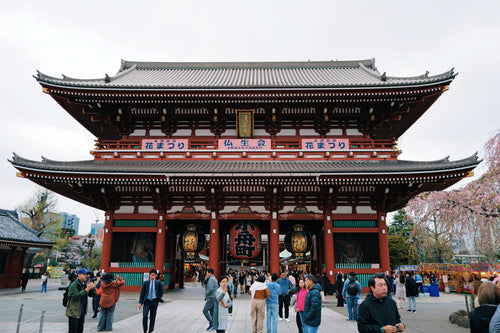
15 Famous Temples and Shrines to Visit near Tokyo
Tokyo and its surrounding areas are home to many famous temples and shrines that showcase Japan's rich spiritual and ...










































